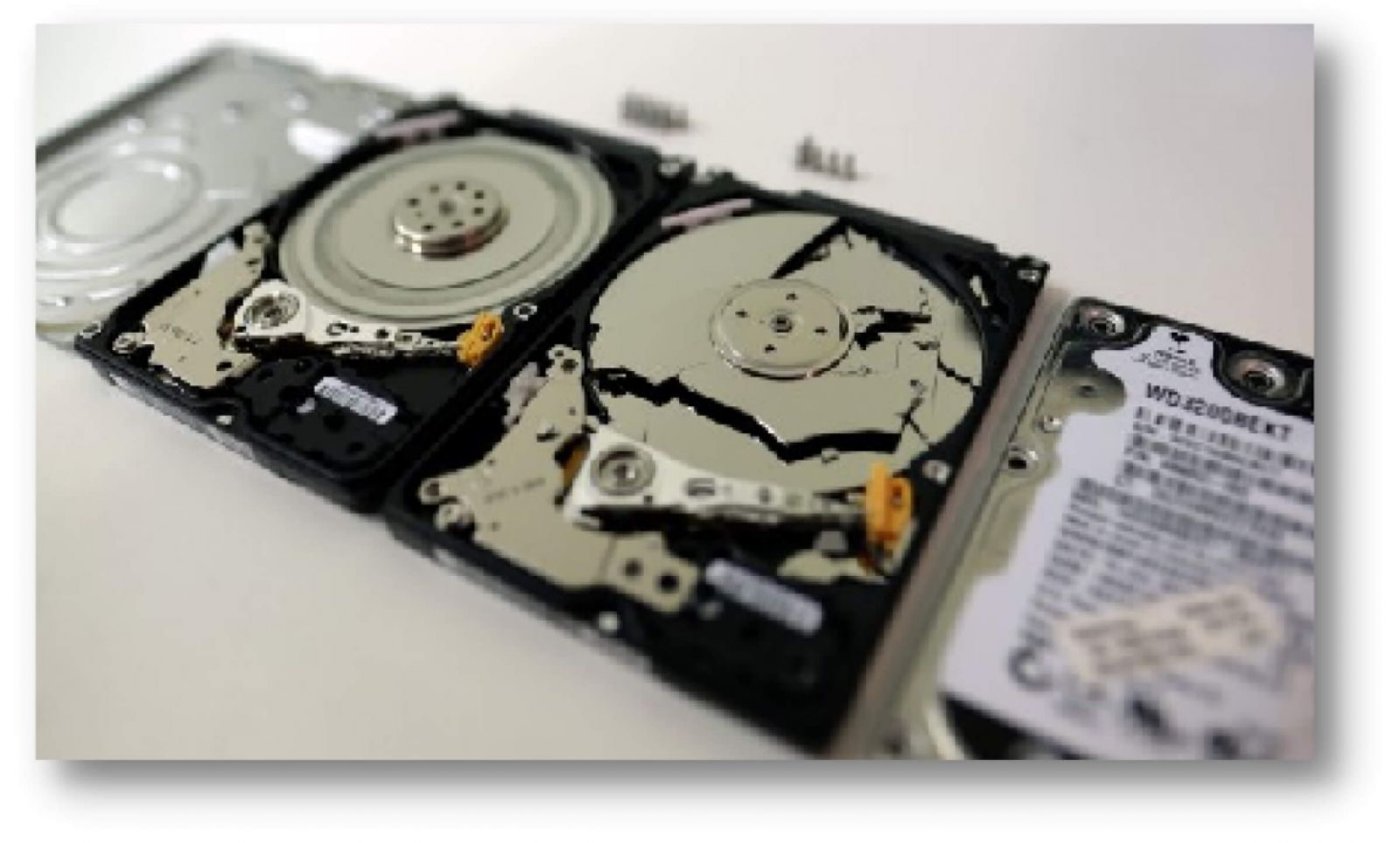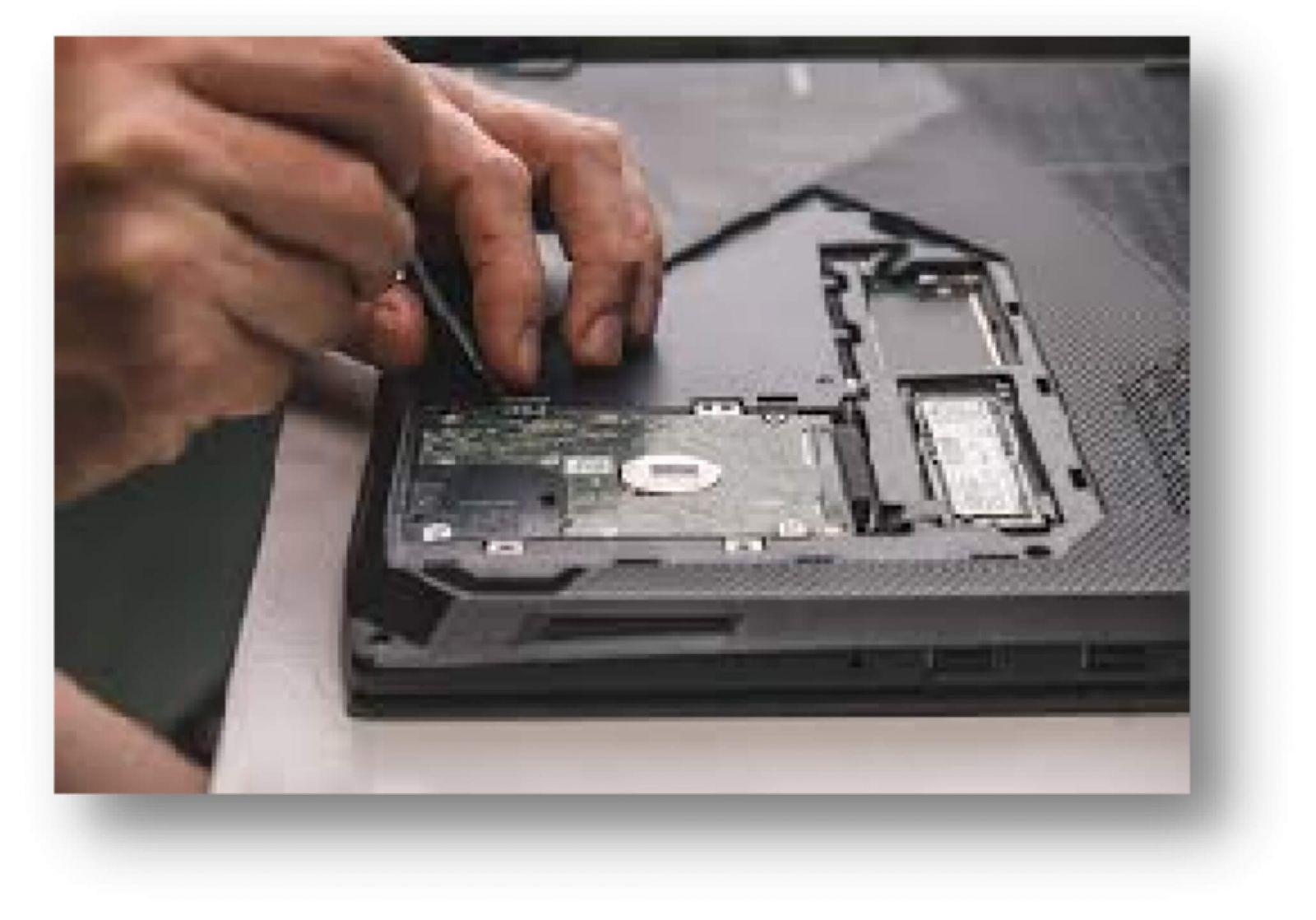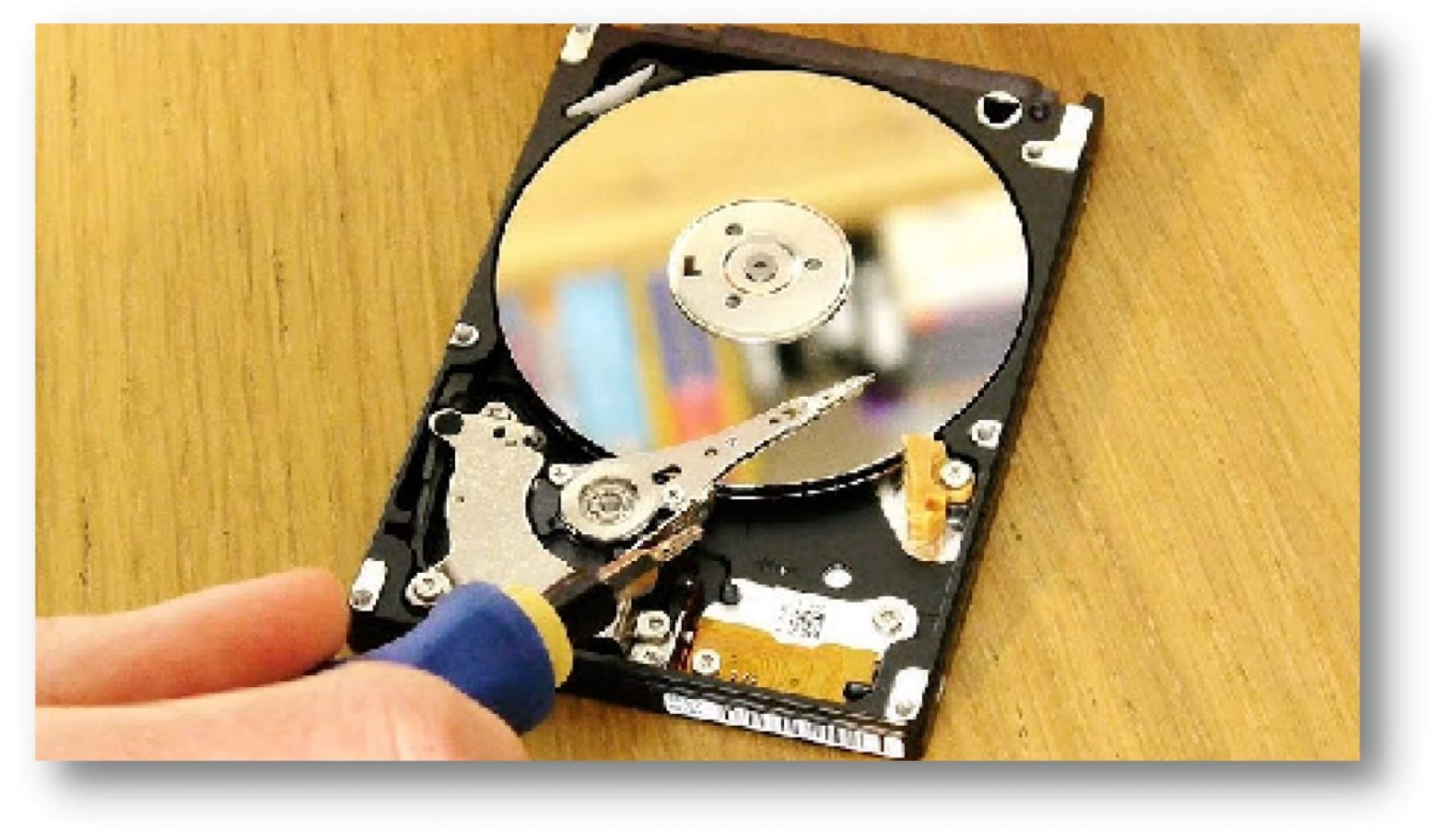Regarding computers, the hard drive is one of the most important (and sometimes annoying) parts. A hard drive's dependability is important since it stores our operating systems, apps, and files. Even though they are very important, hard drives can fail without warning, which could mean losing data and causing problems.
It's not just good technical sense to know how to repair a failed hard drive; it's also important to keep your digital life safe. This guide is meant to make changing a failed hard drive less complicated by giving clear, doable steps for both new and experienced users.
This guide will not only bring your computer back to life, but it will also give you the courage to easily handle any hardware problems that come up in the future. Let's start to keep your digital world safe and easy.

Signs of Hard Drive Failure
Before you start the repair process, you need to know the most common signs of a failing hard drive and why they happen. If you notice these signs early, you can avoid losing data and make plans for a replacement.
- Unusual Noises: Grinding, clicking, or whirring can mean problems with the hard drive's mechanics.
- Frequent Crashes: If your system crashes a lot, especially when it's starting up, it might be because the hard drive is broken.
- Lost or Corrupted Data: Files that quickly become lost or corrupted are a red flag.
- Slow Performance: One sign is that viewing files or starting the computer takes a long time.
- Error Messages: Seeing messages like "Boot Device Not Found" or something similar during starting indicates something is wrong with the hard drive.
Causes of Hard Drive Failure
- Mechanical Failure: Over time, the moving parts, such as read/write heads and the spindle motor, can wear out, impairing the hard drive's functionality.
- Electronic Failure: Issues with the circuit board can disrupt the data flow between components, causing the hard drive to malfunction or fail.
- Firmware Corruption: The software responsible for managing the hard drive's operations can become corrupted, leading to data storage and retrieval errors.
- Environmental Factors: Extreme temperatures, exposure to moisture, and physical shocks can physically damage the delicate internal components of the hard drive, impacting its performance and longevity.
- Age: Like all mechanical devices, hard drives have a finite lifespan. Continuous use over several years can lead to wear and tear, ultimately causing the hard drive to fail and potentially resulting in data loss.
Replacing the Hard Drive Step-by-Step
STEP 1: Power Down and Unplug
Turn off the computer and remove the plug from the wall. Take away all of the extras.
STEP 2: Open the Case
If your computer differs, you may need to remove a side piece or the whole back cover to open the case. For specific directions, look at the manual that came with your computer.

STEP 3: Locate the Hard Drive
Find the space for the hard drive. Most PCs have it mounted in a cage near the front of the case. It's usually available from a panel on the bottom of laptops.
STEP 4: Disconnect the Old Drive
Carefully remove the old hard drive's power and data cords. Take out the screws if it's attached to them.
STEP 5: Remove the Old Drive
Slide the old drive out of its slot to remove it.
STEP 6: Install the New Drive
Put the new drive in the slot and use screws to hold it in place if you need to. Connect the new drive's power and data connections.
STEP 7: Close the Case
Put the side panel or back cover back on and lock it in place.
STEP 8: Reconnect and Power On
Plug your computer back in, connect all its parts, and turn it on.
Formatting and Installing the Operating System
- Enter BIOS/UEFI: Press keys like F2, F12, DEL, or ESC as your computer approaches the BIOS/UEFI options. Check whether the BIOS or UEFI system can find the new drive.
- Boot from Installation Media: Put the installation files on your operating system's USB drive or DVD. Change the boot order settings in the BIOS or UEFI to start up from the installation disk.
- Installing the Operating System: Follow the on-screen prompts to load the operating system. You will then be shown how to set it up and format the new drive to be ready for installation.
- Restore Your Data: Once the OS is installed, use an external drive or cloud to retrieve the data you backed up. Ensure all the necessary files and settings are moved to the new system so things can return to normal without problems.

Preventing Future Hard Drive Failures
Taking cautious steps can extend the life and dependability of your storage devices and keep them from breaking down in the future.
- Regular Backups
Make it a habit to regularly back up your data to external drives, the cloud, or network-attached storage (NAS). It will ensure that your important files and papers are safe and easily accessible, even if your hard drive fails. - Monitor Drive's Health
To check the health of your hard drive, use special software or apps that come with your computer. These tools can give you information about the drive's temperature, performance measures, and early warnings of problems like bad sectors or failures that are about to happen. - Maintain Proper Ventilation
Ensure your computer has enough airflow to keep it from burning, which can shorten the life of internal parts like hard drives. Clear out the vents of dust and other debris. To keep the computer at the right temperature, you might want to use cooling pads for laptops or add more fans to PCs. - Handle with Care
Don't give your computer any physical shocks, especially when it's on, because they can damage parts inside it, like the hard drive. Be careful with portable hard drives and avoid dropping or hitting them. Protect your computer from extreme temperatures and wetness, as these environmental factors can damage hardware.
How to Clone Data from Failed Hard Drive to Another Drive Before Replacing It?
Before replacing the failed hard drive, you can clone all data from it to an external hard drive or SSD.
Step 1. Download and install Donemax Disk Clone, then connect the external hard drive to your computer.
Step 2. Open Donemax Disk Clone, choose Disk Clone, then select the failed hard drive as the source, select the external hard drive as the destination. Choose Sector by sector clone, then click Next.

Step 3. Preview the clone layout, then click on Clone button to move everything from the failed hard drive to the external hard drive.

Conclusion:
In conclusion, knowing how to replace a failed hard drive isn't just a matter of being technically savvy; it's also a matter of keeping your digital goods safe. You can lower the risk of unexpected data loss and system downtime by keeping up with normal computer maintenance, backing up your data, and monitoring the health of your drives.
Following the step-by-step guide, new and experienced users can easily fix hardware problems and restore their systems. By taking preventative steps and performing regular maintenance, you can ensure that your computers last a long time and work well, keeping your digital world safe and running.
Related Articles
- Aug 20, 2025Windows Boot Repair Tool: Guide to Fix Startup Problems
- Feb 21, 2025Can't Format My Memory Card on Windows11/10/8/7? How to Fix It
- Aug 29, 20254 Methods To Repair Hard Drive Partition on Windows 11
- Nov 18, 2025How to Use Command Prompt to Format a Drive on Windows 11/10/8/7?
- Feb 19, 20255 Methods to Fix the Fatal Device Hardware Error
- Apr 25, 2025How to Clear a Pen Drive: A Complete Guide (Windows & macOS)

Maria
Maria is one of the senior writers & editors of Donemax who lives and works in Sydney, Australia. She loves PC, Mac and Internet Technology. She has 6 years of writing articles about data recovery on PC/Mac, disk cloning solution, data eraser and computer OS optimization, etc. She is also interested in testing various software and digital products.

Gerhard Chou
In order to effectively solve the problems for our customers, every article and troubleshooting solution published on our website has been strictly tested and practiced. Our editors love researching and using computers and testing software, and are willing to help computer users with their problems
